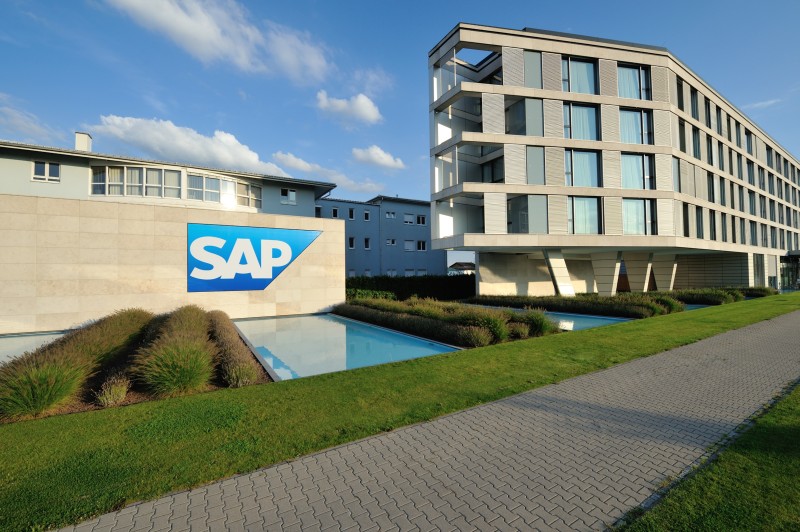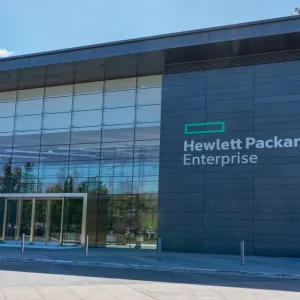
The clock is ticking, as we move ever closer to the deadline of 2027 for migrations over to the biggest update to SAP’s HANA, writes Nick Parkin, Proceed Group. There’s reluctance amongst the SAP customer community to make S/4 HANA Migration. Indeed, results of the latest SAP annual member survey found that 58 per cent didn’t intend to make the move to S/4 HANA within the next two years, and another 27 per cent were going to wait three. Of those holding back, most cited complexities in tackling the move as the biggest cause for concern.
The value of SAP’s latest platform is still vastly compelling – an IDC survey of 300 SAP customers found recently that customers were keen to take advantage of the AI/Automation aspects of HANA, giving them the ability to optimise digital transformation strategies, as well as improve their agility and innovation whilst reducing time and effort to process information.
But despite these pros, the perceived costs and complexities of what some feel is a mammoth task is making businesses stall on the decision to get started. But the news isn’t all bad, a recent PWC survey found that those that had completed the journey found it wasn’t as difficult as expected. There’s a lot to be learnt from those businesses who have already made a successful transition and are now reaping the rewards.
Taking a staged approach is all that’s required and that’s the key to a successful migration. It doesn’t have to be complicated, it just needs to be approached with consideration. Here’s our eight key steps for achieving success when planning your migration:
1: Will you Choose Either a ‘Greenfield or ‘Brownfield’ Implementation?
Greenfield means a complete reimplementation of SAP, taking only your master data with you and leaving the legacy system behind – that would be prime for decommissioning. It’s complex, but the positives are that it means you can take full advantage of all the new functionality of HANA whilst having a smaller system from day one.
Brownfield, is where you migrate everything existing from your old system into the new one. This is where rightsizing becomes important (see point 8), you need to make sure that what you’re taking with you isn’t old legacy data that is no longer needed – taking up valuable space. Both have advantages and disadvantages, the key is to make the decision at the outset with what suits your organisation best.
2: Start early and review your business processes
This is critical before beginning the first stage of implementation is to review what business processes you have, and what you actually still need. IDC recently reported that not mapping business needs to processes can be a costly mistake – making corporate speed of responsiveness slow, and therefore affecting responsiveness to competitive demands. As part of the process, involve users, and business heads at the outset throughout the entire transformation project. Get rid of the processes you don’t need, so you go into the project with a clean slate.
3: Review the whole SAP landscape…
…not just SAP systems, but those they use. SAP is never isolated, it always links in to other applications and systems. Do you want to run in the cloud or on premise? These decisions need making at the outset.
4: Data cleansing
Data cleansing is a crucial element of migration, lowering risk and reducing the cost of memory for data you no longer need. While data cleansing is a vital and fundamental step it is often the most overlooked.
Reducing your data footprint will also reduce infrastructure, hardware and licencing costs. It allows you to perform the migration with much reduced business downtime. By keeping only quality and necessary data in your system, SAP will perform better. Archiving data will be a key part of the process, but make sure you look to a data management professional to ensure this is done with accuracy.
5: Rightsizing
Sizing the HANA landscape is a vital step when creating a technical project plan, rightsizing will help you realise the maximum benefit from your investment while reducing total cost of ownership.
Inadequate or over-provisioned rightsizing could lead to excess capacity, while under-provisioning can cause delays leading to and increased cost of operational performance. Best practice will be to determine the amount of memory the main data set will require and plan accordingly; establishing the memory size for both static and dynamic data well as the disc requirements for persistant storage.
6: Set Standards
Ensure you follow high implementation standards, cutting corners during a migration project can leave holes that appear further down the line and is an unnecessary risk to the project. Ensure that the source systems are prepared for the migration, and ensure full backups and archive logs for regular restore points. Risk mitigation will ensure a smoother migration. Avoid shortcuts and maintain high standards.
7: Proof of Concept
A proof of concept allows you to test your migration before you being the full exercise. It will validate the migration process, give you a reasonable estimate on the time needed to deploy – or throw up any issues that might cause problems that need fixing before the full migration has started.
It helps with project planning and decision making, which could improve total project productivity. You can do a proof of concept by making a copy of your SAP production system to create an SAP sandpit environment and perform the actual migration on this system first.
8: Use Qualified and Experienced Staff
It’s imperative that SAP experts are part of your migration process. Your technical team should have plenty of experience and understanding of migration guidelines and best practices, that include relevant SAP notes.






